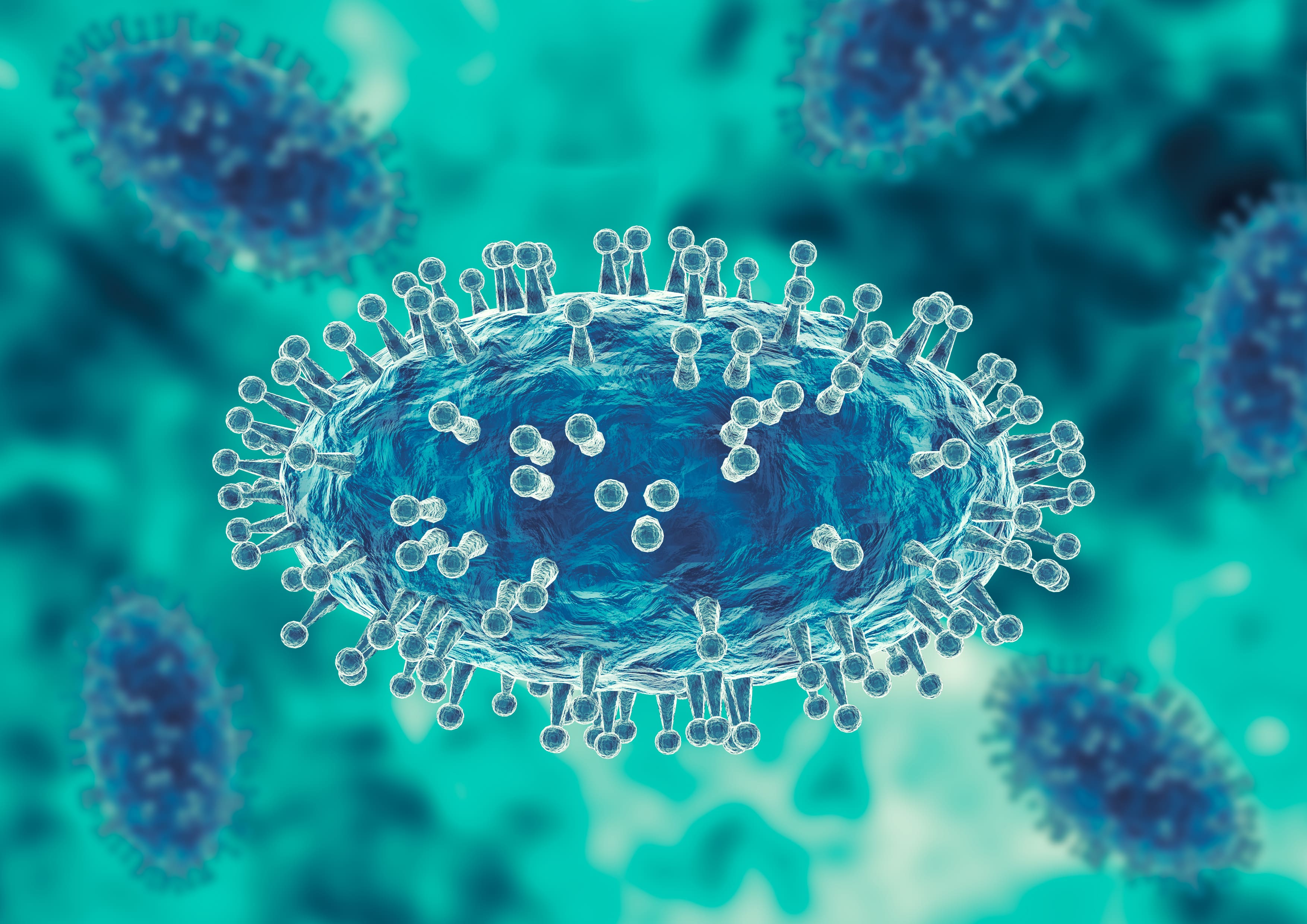We have been hearing a lot about monkeypox in the news recently.
Health authorities are investigating a global outbreak of monkeypox. Monkeypox is a viral infection that mainly occurs in Central and West Africa and is caused by an orthopoxvirus that is closely related to the virus that caused smallpox, variola. Smallpox only infected humans, but monkeypox is an animal virus that occasionally infects humans after they are bitten or scratched by a monkey or another animal. However, the current outbreak is human to human and is growing fast in 27 non endemic countries.
One of the few Australian researchers who has published on monkeypox is Professor Raina Macintyre who heads the Biosecurity Program at the Kirby Institute at the University of New South Wales.
According to Professor Macintyre, it was first discovered back in the late 50s in some laboratory monkeys in Denmark. It has been found mainly in animals in the wild and the first human case was reported in 1970. Since then cases tend to be associated with contact with small or medium sized rodents.
Recently, cases in humans have been largely reported in gay communities, bisexual men and men who have sex with men. However, a growing number have no obvious chain of transmission which worryingly means that cases are being missed. At the time of writing, four Australian cases have been reported to the World Health Organisation.
What are the symptoms?
The first symptoms of monkeypox are usually fever, chills, muscle aches, backache, swollen lymph nodes, chills, and exhaustion.
After a few days, the characteristic blistering rash usually appears in the mouth, and on the face and then spreads to other parts of the body. It may also appear on the palms of hands and soles of the feet, inside the mouth, or on the genitalia. The number of lesions varies from a few to several thousand. The rash changes and goes through different stages, like chickenpox, before finally becoming a scab that falls off.
The symptoms usually resolve by themselves within a few weeks. The monkeypox clade, which is spreading, originated in West Africa where there is a 1% mortality rate. No deaths have been reported outside Africa at this stage.
Clinicians should be aware of this clinical presentation in travellers returning from an endemic area or affected countries. Information on recent travel history, contacts and immunisation should be elicited. However, as the virus spreads, there will be fewer patients with a travel history.
Clinicians should consider the possibility of monkeypox as well as alternative diagnoses such as measles, varicella zoster, herpes simplex and varicella zoster virus infections, and syphilis.
Any patient with suspected monkeypox should seek medical care wearing a mask and be isolated from others. Authorities should be informed so that contact tracing can occur.
How is it transmitted?
Person-to-person transmission of monkeypox occurs with very close contact with infected people (such as skin-to skin contact during intimate or sexual contact) and can also spread through respiratory droplets and contact with ‘fomites’ or infected surfaces (such as contaminated clothing, towels or furniture).
Professor Macintyre says that “In a past US outbreak there were cases that were spread from animal to human without any direct contact, and we know that variola, the smallpox virus, is actually highly airborne, so it’s likely there is some aerosol transmission as well”.
The incubation period typically varies from 6 – 13 days from exposure but may be up to 21 days.
People with monkeypox are contagious from the time that they develop their first symptoms (which is usually fever, but occasionally starts with a rash) and until rash lesions crust, dry or fall off.
Why the resurgence in West Africa and Central Africa?
According to Professor Macintyre, smallpox was declared eradicated in 1980, and the last mass vaccination programs were ceased in the 1970s, and the smallpox vaccine protects against many of the orthopoxviruses, including monkeypox.
“40 years have passed since the eradication. One reason is that we’ve got fewer and fewer people who have been vaccinated, really people over 50 may have been vaccinated and people under 50 generally aren’t. And there has been waning immunity likely from the vaccine, so the older people who’ve had a vaccine, there’s a degree of waning of immunity. So those two things have combined to result in more susceptibility to orthopoxviruses, and there is a theory that the monkeypox is re-emerging because it’s able to, because there isn’t enough immunity”.
Should we be worried?
At this point, experts advise that the risk to the general population is low, but awareness is important in managing the outbreak.
Contacts of someone with the virus should isolate. Who is regarded as a close contact and a timeframe for isolation is being determined.
According to WHO, vaccines used during the smallpox eradication program also provide protection against monkeypox, while newer vaccines have also been developed and approved for use against the virus. There are also antivirals which are reported to be effective.
The WHO is working on new guidance for countries on vaccination strategies and is convening further meetings to support member states with more advice on how to tackle the situation.
Some countries are already taking precautionary measures to vaccinate people who might have been exposed to the virus.
France and Denmark have begun vaccinating close contacts for the virus, while Germany has ordered 40,000 doses to be ready to deploy a similar strategy if an outbreak in the country becomes more severe.
Clinicians and practice staff in Australia should follow their local health authority’s advice and precautions.





